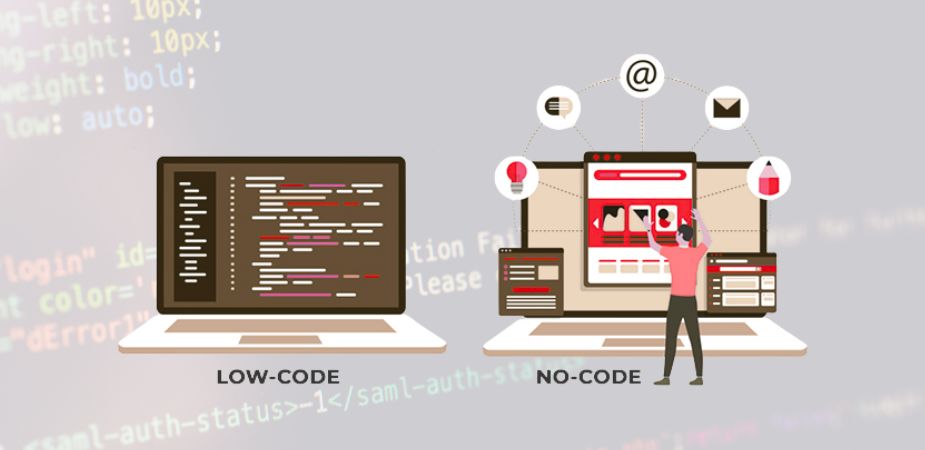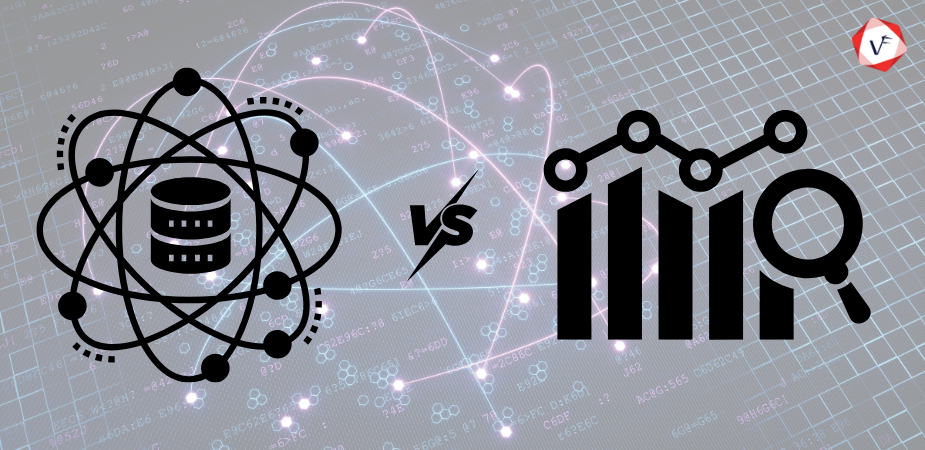Quick Answer: What is Quality Control?
Quality Control (QC) is a systematic process that ensures products or services meet specified standards and customer expectations. It involves continuous monitoring, testing, and corrective actions to maintain consistent quality throughout production or service delivery.
Quality control is the cornerstone of delivering reliable, high-performing products and services in today’s competitive business environment. Understanding and implementing effective QC processes is essential for building customer trust, reducing operational costs, and ensuring long-term business success.
What Is Quality Control (QC)?
Quality control, commonly referred to as QC, is a systematic process implemented to ensure that products or services meet specified standards and customer expectations. It involves monitoring and regulating various production or service delivery elements to identify and rectify deviations from predefined quality parameters.
The primary objective of quality control is to identify and correct any deviations from established quality parameters, ensuring that the end product or service aligns with defined criteria. Quality control is not a one-time effort but a continuous, iterative commitment to excellence that drives organizations to consistently improve processes and deliver high-quality offerings.
Quality control processes can reduce defect rates by up to 90% when properly implemented across all business operations.
Key Components of Quality Control
Understanding the fundamental components of quality control is essential for successful implementation. Each component plays a crucial role in maintaining consistent quality standards.
| Component | Description | Purpose |
|---|---|---|
| Quality Standards | Clear, measurable criteria against which products are evaluated | Provide benchmarks for quality assessment |
| Quality Controls | Systematic checks, inspections, and testing procedures | Monitor and maintain defined quality standards |
| Documentation | Comprehensive recording of procedures and results | Track progress and enable continuous improvement |
| Training & Education | Skills development for quality control personnel | Ensure competent execution of QC processes |
Quality Standards: The Foundation of QC
Quality standards serve as the bedrock of any robust quality control framework. These standards provide clear, measurable criteria against which products or services are evaluated. Rigorous attention to detail during standard-setting creates the foundation for a comprehensive QC process.
Quality Controls: Implementation and Monitoring
Quality controls encompass systematic checks and measures strategically placed throughout the production process. These controls include:
- Inspections: Visual and technical examinations at key production stages
- Testing: Functional and performance validations
- Monitoring: Continuous oversight of critical quality parameters
- Verification: Confirmation that standards are consistently met
Documentation: Recording and Analysis
Comprehensive documentation serves as both a historical reference and a valuable resource for future improvements. Proper documentation includes recording procedures, test results, corrective actions, and regulatory compliance evidence.
Training and Education: Building Competency
The human element is critical in quality control success. Comprehensive training programs must cover quality standards, QC procedures, and quality control tools to ensure effective implementation.
What Are the Types of Quality Control?
Quality control encompasses three distinct types, each serving specific purposes in the overall quality management strategy:
1. Preventive Quality Control
Preventive quality control operates as a proactive shield against potential quality issues. This approach identifies and mitigates risks before they manifest, preventing deviations from established quality standards.
Key characteristics:
- Implemented before production begins
- Focuses on risk identification and mitigation
- Prevents quality issues rather than detecting them
- Most cost-effective approach to quality management
2. Concurrent Quality Control
Concurrent quality control operates in real-time during production or service delivery. This vigilant monitoring system identifies deviations as they occur, enabling immediate corrective action.
Key characteristics:
- Real-time monitoring during production
- Immediate identification of quality issues
- Dynamic and adaptive quality management
- Reduces waste through early detection
3. Post-Production Quality Control
Post-production quality control serves as the final checkpoint in the QC process. Comprehensive inspections and tests after production completion ensure end products meet predetermined quality standards.
Key characteristics:
- Final quality verification before delivery
- Comprehensive testing and inspection
- Last line of defense against defects
- Customer satisfaction assurance
Why Is Quality Control Important? What Are the Benefits?
Primary Benefits of Quality Control Implementation
- Enhanced Customer Satisfaction: Consistent delivery of high-quality products builds customer trust and loyalty
- Cost Reduction: Early defect detection reduces expensive rework and product recalls
- Regulatory Compliance: Ensures adherence to industry standards and legal requirements
- Continuous Improvement: Data-driven insights enable ongoing process optimization
- Brand Reputation: Quality consistency strengthens market position and competitive advantage
Customer Satisfaction and Loyalty
Companies with robust quality control processes experience 25-40% higher customer retention rates compared to those without systematic quality management. Meeting or exceeding customer expectations builds trust and positive brand perception.
Cost Reduction and Efficiency
Quality control helps identify and rectify defects early in the process, significantly reducing costs associated with:
- Product rework and corrections
- Customer returns and exchanges
- Warranty claims and repairs
- Reputation damage and recovery
Compliance with Standards and Regulations
Adherence to quality control practices ensures compliance with industry standards and regulations. This is especially critical in sectors such as healthcare, manufacturing, and software development where regulatory compliance is mandatory.
Quality Control Roles and Responsibilities
Successful quality control implementation requires clearly defined roles and responsibilities across the organization:
Quality Control Manager
The Quality Control Manager oversees the entire QC process and holds comprehensive responsibility for quality outcomes. Key responsibilities include:
- Formulating and implementing QC policies
- Ensuring adherence to quality standards
- Leading continuous improvement initiatives
- Aligning QC strategies with business objectives
Quality Control Inspectors
Quality Control Inspectors operate on the frontline, conducting detailed inspections and tests at various production stages. Their meticulous attention to detail identifies deviations from established quality standards.
Quality Control Analysts
In specialized domains like software development, Quality Control Analysts focus on code quality and functionality testing. They employ various testing techniques including:
- Unit testing for individual components
- Integration testing for system interactions
- Performance testing for scalability
- Security testing for vulnerability assessment
Quality Assurance Specialists
Quality Assurance Specialists develop proactive measures to prevent defects before they occur. They create quality management systems and foster a quality-centric organizational culture.
How to Implement Quality Control in Your Organization
Step 1: Establish Clear Quality Standards
Begin by defining specific, measurable quality criteria that align with customer expectations and industry requirements. These standards should be documented, communicated, and regularly reviewed.
Step 2: Design Quality Control Processes
Create systematic processes for monitoring, testing, and verification at critical points throughout your production or service delivery cycle. Effective QC processes are integrated, not added as an afterthought.
Step 3: Implement Documentation Systems
Develop comprehensive documentation procedures that capture:
- Standard operating procedures
- Test results and measurements
- Corrective action records
- Performance metrics and trends
Step 4: Train Your Team
Invest in comprehensive training programs that ensure all team members understand quality standards, procedures, and their role in maintaining quality. Regular training updates keep skills current with evolving standards.
Frequently Asked Questions About Quality Control
What is the difference between Quality Control and Quality Assurance?
Quality Control focuses on detecting and correcting defects in finished products, while Quality Assurance concentrates on preventing defects through process improvement. QC is reactive, QA is proactive.
How much does Quality Control cost to implement?
Quality Control implementation typically costs 2-8% of total production costs but can reduce overall costs by 15-25% through defect prevention and improved efficiency.
What industries benefit most from Quality Control?
All industries benefit from Quality Control, but it’s especially critical in healthcare, manufacturing, software development, aerospace, automotive, and food production where defects can have serious consequences.
How long does it take to implement Quality Control systems?
Quality Control system implementation typically takes 3-12 months depending on organizational size and complexity. Simple systems can be operational within weeks, while comprehensive enterprise systems require longer implementation periods.
Quality Control Best Practices
Essential Best Practices for Effective Quality Control
- Start with Clear Objectives: Define specific quality goals aligned with business strategy
- Use Data-Driven Decisions: Base improvements on measurable quality metrics
- Engage All Stakeholders: Quality is everyone’s responsibility, not just the QC team
- Implement Continuous Monitoring: Regular assessment prevents quality drift
- Invest in Technology: Modern QC tools improve accuracy and efficiency
Final Thoughts
Quality control serves as the cornerstone of delivering reliable, high-performing products and services in today’s competitive marketplace. Its systematic approach ensures organizations consistently meet or exceed customer expectations while reducing costs and improving operational efficiency.
Key takeaway: Successful quality control requires commitment to systematic processes, continuous improvement, and organizational culture that prioritizes quality at every level. The investment in comprehensive QC systems delivers measurable returns through enhanced customer satisfaction, reduced costs, and sustained competitive advantage.
For businesses seeking reliable quality assurance services, Vofox stands out as a leading provider with proven expertise in comprehensive quality control implementation. Our commitment to quality excellence and specialized knowledge in software quality control make us a trusted partner for organizations aiming to elevate their products and services through rigorous quality assurance. Contact us today to learn more about how our QA services can transform your business outcomes through systematic quality control implementation.





